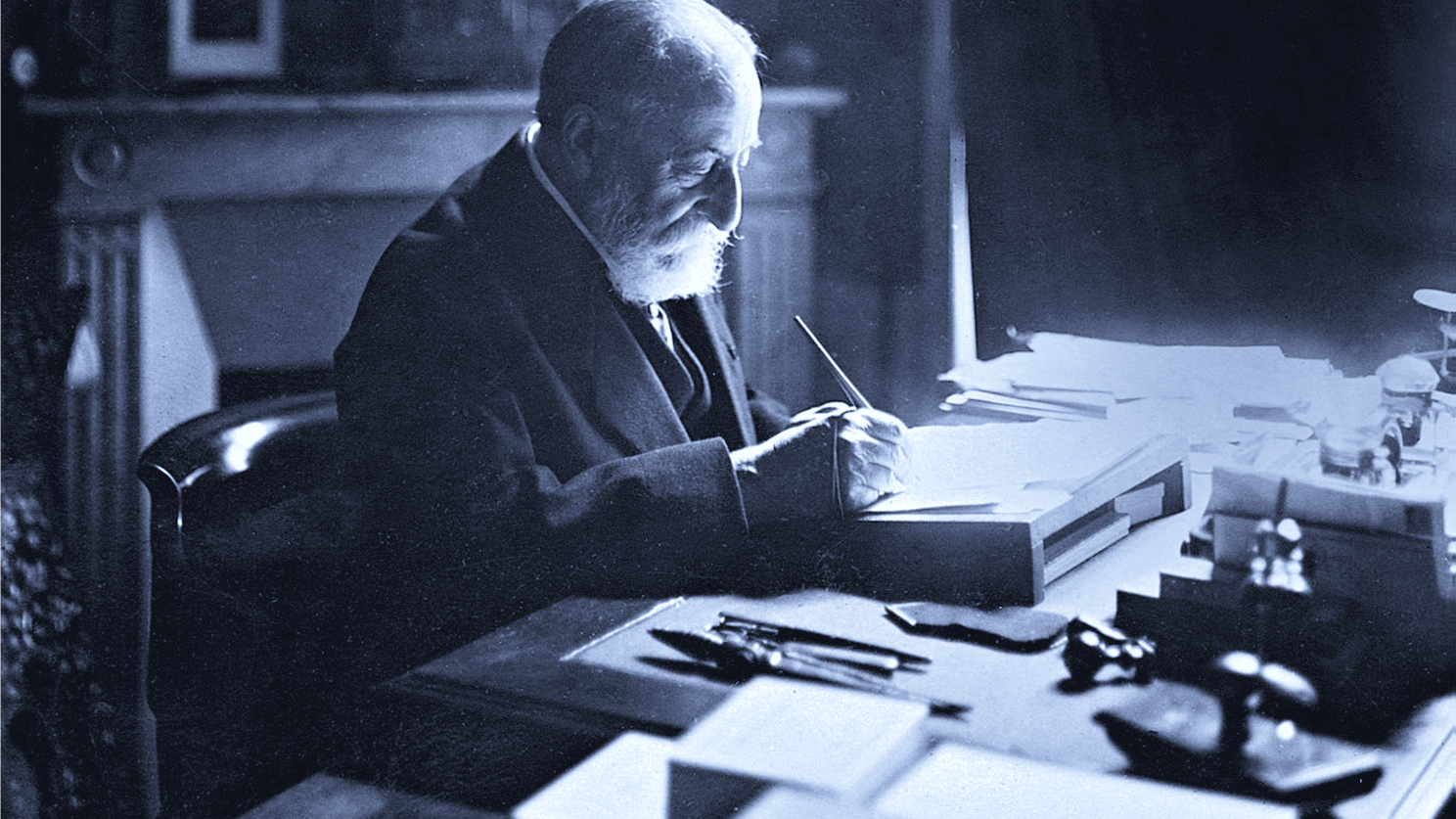Copland’s “Short Symphony”: Bounding into Rhythmic Adventure
From its opening bars, Aaron Copland’s Short Symphony erupts with an infectious exuberance. This music unleashes bright, playful conversations between instrumental voices. Its frolicking “characters” take us on a musical joyride filled with unending rhythmic adventure. Completed in 1933, the Short Symphony (technically Copland’s Second) is scored for a spare, classical orchestra. Its tantalizingly abstract harmonic language flirts with polytonality and serialism. Underlying all of this is a sizzling Mexican vitality. While working on the score, Copland …







